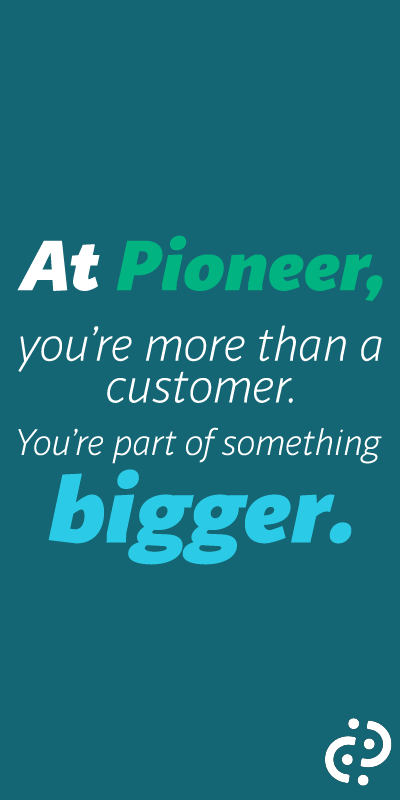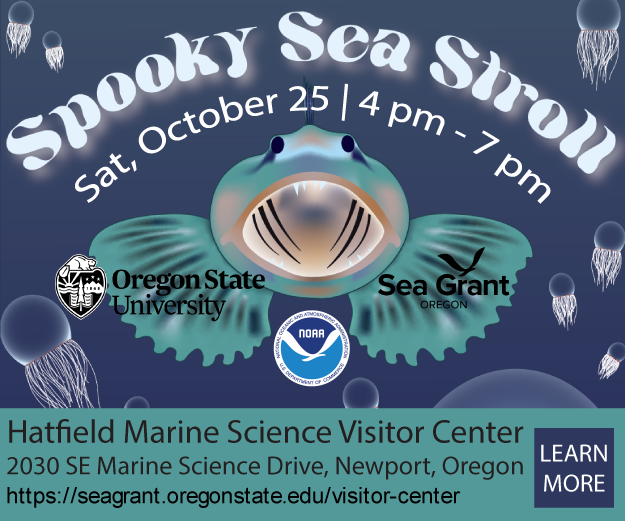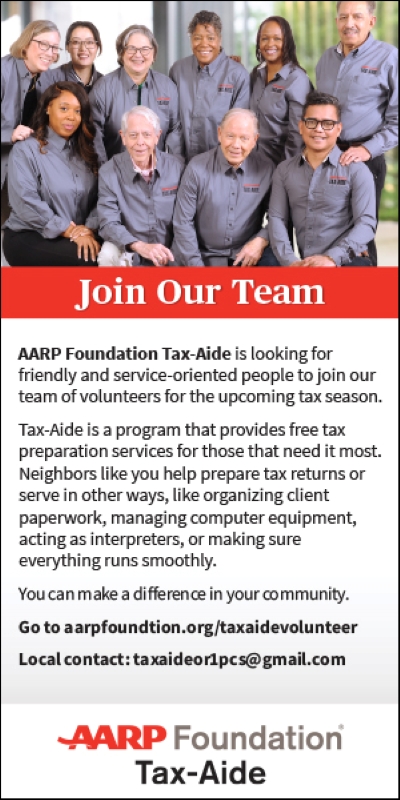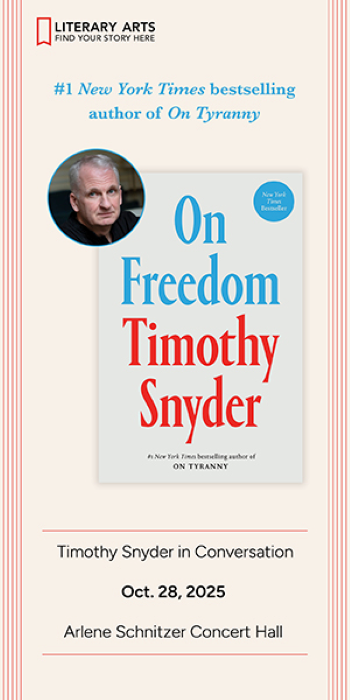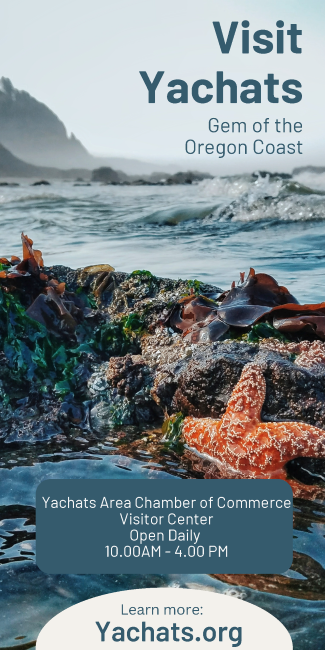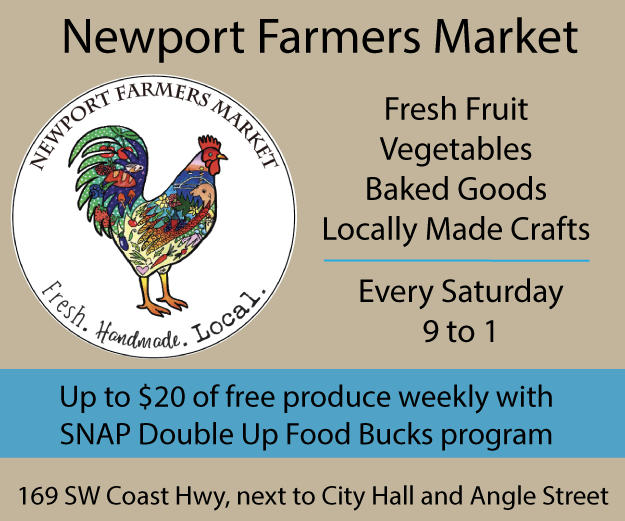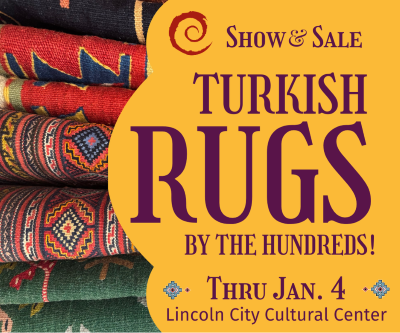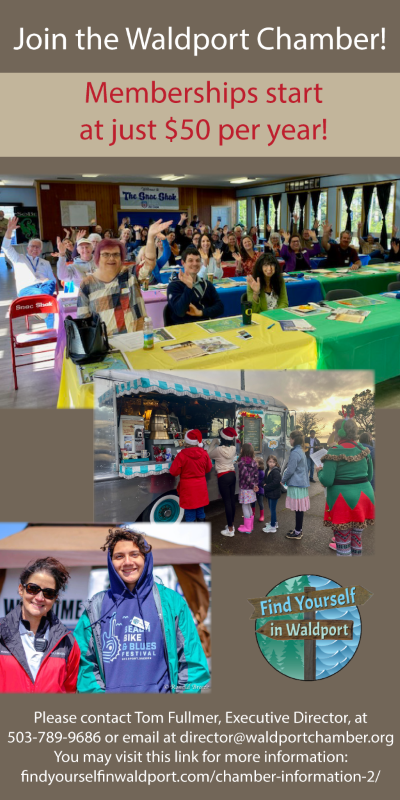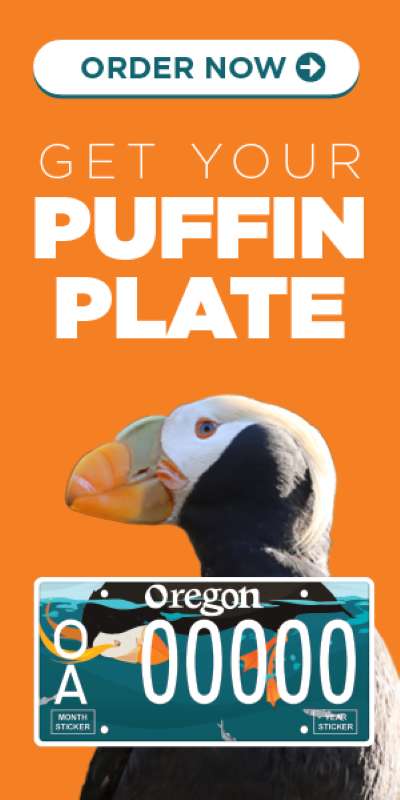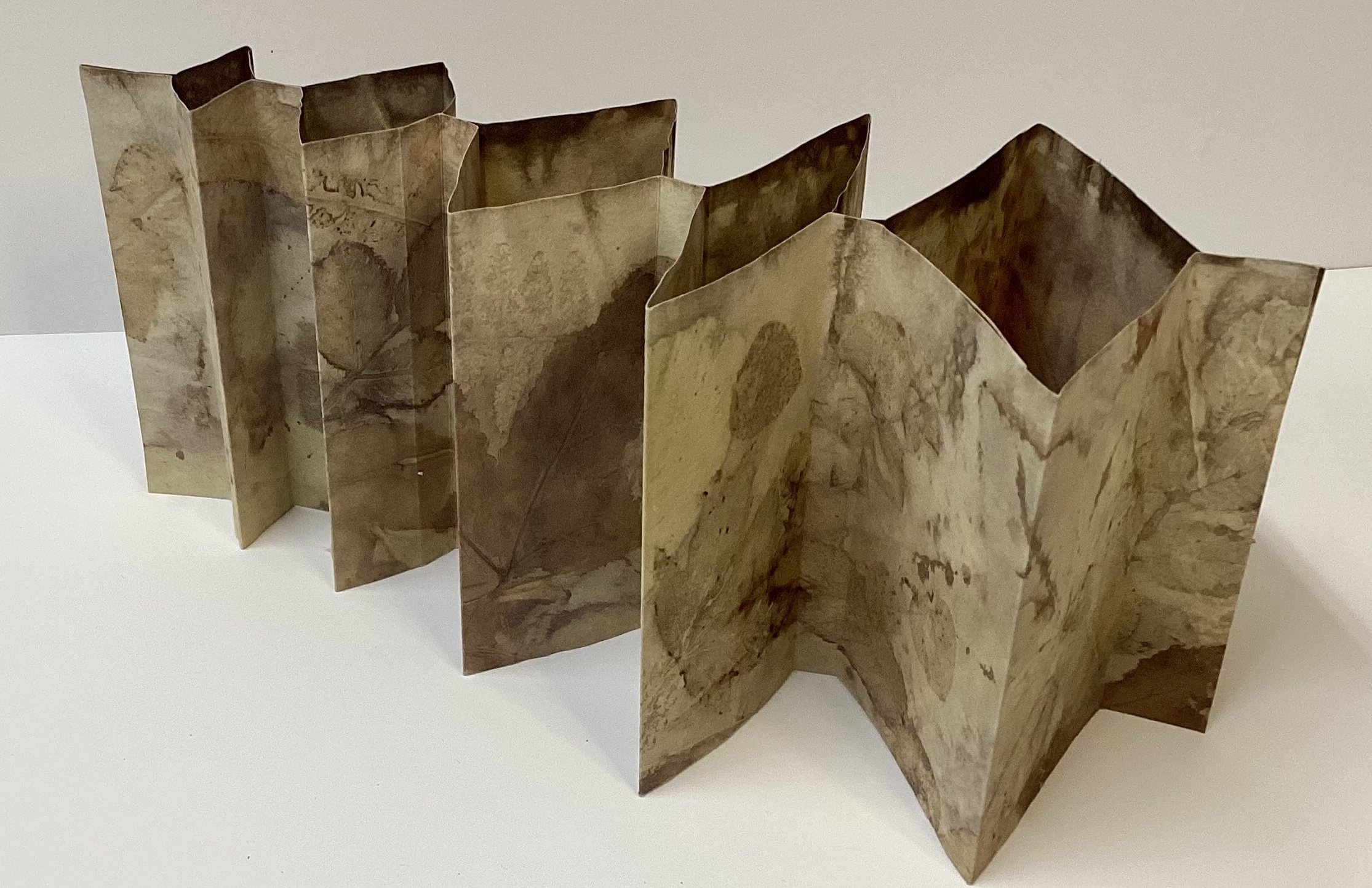
By LORI TOBIAS/Oregon ArtsWatch
NEWPORT — In the 31 years since its start, the Newport Paper & Book Arts Festival has gone from a weekend of paper making and rubber stamping to one where students emerge from two- and three-day classes with books that open like accordions, boxes with drawers within drawers, and art involving paper, leaves, and … turkey roasters.
“From the start, we tried to offer a wide range of choices to appeal to a wider audience,” said Cheri Aldrich, who has attended every festival since the first year and taught classes at 19 of them. “Offering classes at the time was fairly new to the art scene, so the classes were introductory in nature and grew more complex and with increasing difficulty as skills grew.”
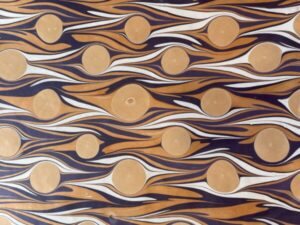
This year’s festival, held at various locations in and around Newport, is set for April 10-12 and features 10 classes on a range of paper arts. Two of those classes sold out within two hours of registration opening, and four sold out by the end of the first day.
But don’t worry, there are still open spots, and the festival reception, from 6-8 p.m. April 10 in the lobby of the Newport Performing Arts Center, is open to everyone.
“It’s a meet and greet so all instructors and students are in the same place together,” said Christina Carlsen of the Oregon Coast Council for the Arts, which is presenting the event along with the Newport Visual Arts Center.
Founded in 1994 by Newport artists Denise DeMarie and Elizabeth Rose, the festival was designed to “celebrate all things paper,” according to the first year’s press release. In the early years, that meant paper making, paper manipulation (or sculptures), printing, surface design, paper marbling, even making fiber rope and weaving it into baskets, Aldrich said.
“It just kind of grew,” said Aldrich. “When something has gone on for 28 years you kind of move on to things that appeal to people. One of the things I like so much about paper is it’s very forgiving, not so precious … if you are doing things like collage, which is very popular right now, you can just add another layer or paint over what you don’t want. It accepts so many different mediums.”
Name change helps
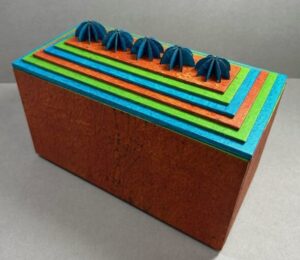
About a decade ago, Margo Klass, a popular instructor from Alaska, noted that when people searched book art festivals on the internet, Newport’s didn’t come up because the name lacked the word “book.” And so, the Newport Paper Arts Festival became the Newport Paper & Book Arts Festival, with a change not only in the name but also the focus.
“Our constituency has driven where we go, and we have become more geared to book arts,” Aldrich said. “Book arts are enjoying a huge resurgence. Many are incredibly intensive projects, where they not only make the books and sew the bindings, but where they cover the book with fabric — book cloth — and they’ll make the book cloth. The books are becoming very complex, and what our group has demanded over the years is that we get more and more difficult classes. Once you learn the simple things, you want to keep on going.”
But going on doesn’t necessarily mean complicated — take the turkey roaster in one of last year’s classes.
“Imagine if you take a piece of paper and you set leaves on it, and then you put metal sheets on either side of it, and you have a stack of these alternating — paper, leaves, paper,” Aldrich explained. Next, “you bind them, and you stick them in a turkey roaster, and you boil them for about an hour and a half.”
The tannins transfer from the leaves to the paper and leave a leaf impression. It’s called eco printing, Aldrich said.
Teachers this year include artists from California, Nevada, and Washington, along with Klass and fellow Alaskan Connie Stricks, also a long-time teacher at the festival.
What the festival won’t offer this year is the instructors’ exhibit, a decision made for several reasons. The exhibit in previous years ran for the month of April, requiring instructors — often from many miles away — to pack and ship their pieces from home, then arrange for their return. After students spent money on classes, many didn’t have much left for buying art, so sales were never particularly good, Carlsen said.
“We just decided to skip it this year,” she said. “Frankly, all the instructors were grateful.”
If some things about the festival are ever changing, a constant is the faces, many of whom remain the same every year. “We have people coming from far away, from Texas, Arizona, New Mexico, Washington, Illinois,” Carlson said.
There are younger students, as well, many embracing new technologies in a way the older crowd hasn’t always taken to, like using their cell phones to take notes and to record tutorials. If the festival’s history is any indication, many of them will become return students, as well.
“We sometimes start the festival by asking how many have been to one festival or two,” Aldrich said. “At our 25th celebration, there were a lot of people who had been to 20 or more festivals. One of them didn’t attend that year as a participant but came with her daughters, who have always attended.
“The mom used to attend, but she was 95 and didn’t think she wanted to take a class, but she still wanted to be involved. That’s been one of the joys of this festival — as people got more knowledge of it, it has been almost like a community or family group.”
- Lori Tobias is a longtime Newport-based journalist and author who can be reached at ltwriter0815@gmail.com.
- This story was originally published March 18, 2025 by our community news partner Oregon ArtsWatch. For more arts news coverage go to Oregon ArtsWatch


